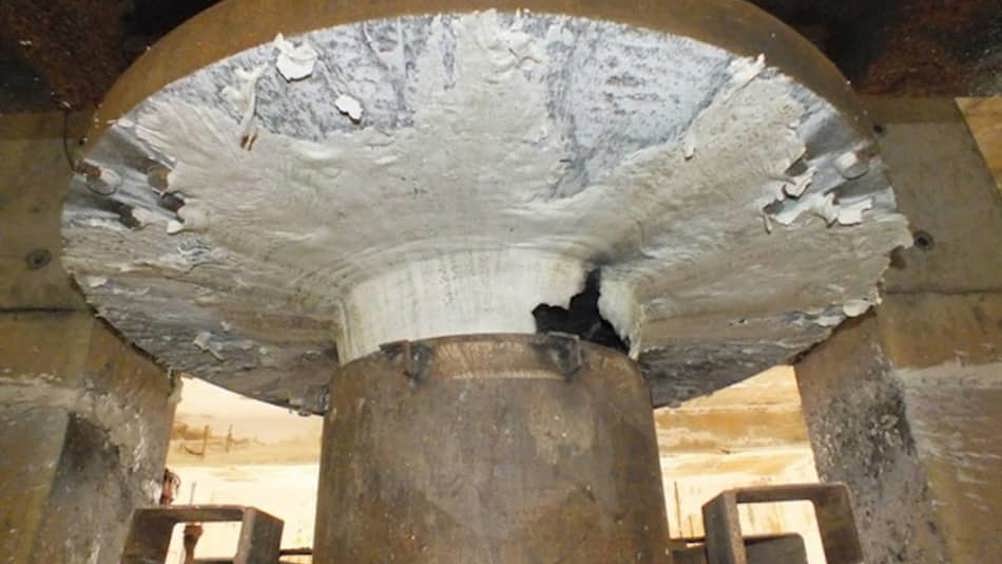Understanding IEDs: Blast research promises to save lives of armed services personnel
Research carried out at Sheffield University has shed new light on the effects of underground blasts from landmines and improvised explosive devices (IEDs).

Using the university’s unique Explosives Arena, a team led by senior geotechnical engineering lecturer Dr Sam Clarke carried out around 250 test explosions using different soil samples. While much of the previous work in this area has focused on desert conditions – often considered to be a worst-case scenario in terms of pressure loading and fragmentation – this new study looked primarily at clay soil.
“The AEP-55 standard [used in most investigations] mandates the use of sandy gravel in soil based tests. That’s a particularly severe case for dismounted troops and local perforations of thin-walled armour, but what we’ve come to understand is that it might not be the worst total impulse scenario,” said Dr Clarke. “As you increase moisture content in the soil, the pressure distribution becomes more like a discrete wave, maintaining a higher pressure as it propagates outwards; drier soils tend to result in a more uniform temporal loading that decays more rapidly.”
Register now to continue reading
Thanks for visiting The Engineer. You’ve now reached your monthly limit of news stories. Register for free to unlock unlimited access to all of our news coverage, as well as premium content including opinion, in-depth features and special reports.
Benefits of registering
-
In-depth insights and coverage of key emerging trends
-
Unrestricted access to special reports throughout the year
-
Daily technology news delivered straight to your inbox







Biodegradable sustainability boost for food packaging
While these type of developments make for a nice PhD project, an unintended consequence is the adverse effect on plastic recycling. Seven years ago,...